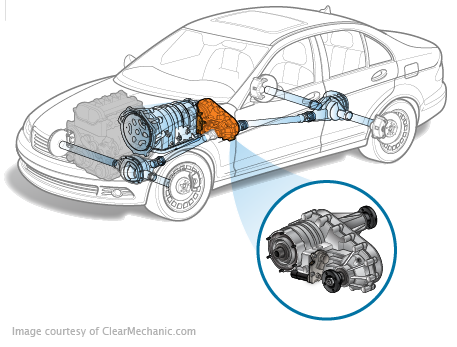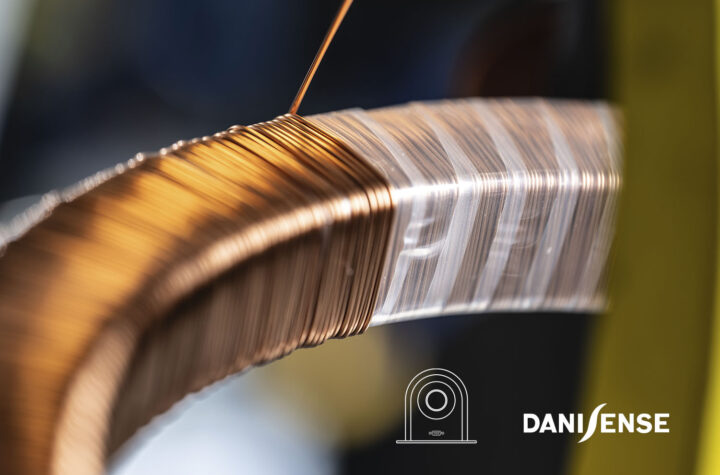
The international plastics exposition NPE2009, will be hosted between June 22nd and 26th at Chicago’s McCormick Place. Over 75,000 plastics professionals from over 120 countries are expected to attend. The exhibition is produced by the Society of the Plastics Industry Inc or SPI. In addition to new technology awards competitions and pavilions on the show floor, SPI is partnering with the Society of Plastics Engineers (SPE) to present a technical conference at NPE2009 with hundreds of peer-reviewed, never-before-published papers.
ANTEC™ 2009 will be co-located with NPE2009 and will provide attendees with the most comprehensive educational program ever offered at an international plastics trade event. SPI’s “Business of Plastics” program will complement ANTEC 2009.
Also co-located with NPE2009 will be the MoldMaking Expo 2009 trade show and conference, organized by Gardner Publications.
Some of the features of NPE2009 include the New Technology Pavilion which will spotlight exhibiting companies’ latest and most innovative advances as judged by a panel of top industry editors. “While visitors will discover technological advances throughout NPE2009, the New Technology Pavilion will bring together dozens of them—truly innovative equipment and material introductions—in a single pavilion. For exhibitors whose product offerings qualify for inclusion, the pavilion provides an opportunity to double their exposure for the most exciting developments that they have brought to the show and to attract additional visitors to their main booth,” said Gene Sanders, SPI’s vice president of trade shows.
Founded in 1937, the SPI is the trade association representing the entire plastics industry supply chain, including processors, machinery and equipment manufacturers and raw material suppliers. The U.S. plastics industry employs 1.1 million workers and provides more than USD 379 billion in annual shipments. SPI accomplishes its objectives through a variety of programs, including representing the industry before federal and state government bodies, informing members about important legislative and regulatory policy developments, identifying trends and emerging issues of concern, building coalitions to help achieve industry goals and communicating the value of the plastics industry and its products to key audiences.
SPI also serves as a resource for members needing technical expertise, statistical information and regulatory compliance assistance. It maintains liaison with national and international technical and regulatory groups to develop standards for product performance and safety to protect existing markets for plastics and open new ones.
Through its national, international and regional activities, SPI promotes industry growth and development through a variety of programs to improve company performance and create a positive business environment for the plastics industry.
For auto manufacturers, plastics are seen as a great way to increase vehicle efficiency. This is because the replacing steel with plastic can cut vehicles’ weight. Plastic fuel tank technologies have become the tank of choice replacing steel tanks first in Europe and Asia and now North America. This is for weight reduction as well as design flexibility, corrosion resistance and safety. Plastic fuel lines have also been advancing because they are lighter in weight, lower in cost and available in various colors for tracking under the hood. Further, combinations of plastics and steel are being developed for weight reduction but also for high load-bearing capacity and high-energy absorption for front ends and doors. Similarly, automotive glazing, including both side windows and windshields, promises great potential for plastics.
Automotive Industries spoke to Lynne Harris, Senior VP of Science & Technology at the Society of the Plastics Industry Inc (SPI).
AI: What are some of the new features of NPE2009?
Since the last NPE in 2006, a completely new management team has emerged at SPI. This team has developed many innovations that will make their debut in 2009. Some examples: 1) The first International Plastics Design Competition will showcase plastic products from around the world and from the full range of end-use markets. 2) The Emerging Technologies Pavilion will include exhibits focusing on sustainability, nanotechnology, bioplastics, and energy. 3) The New Technology Pavilion will have displays of products judged to be truly new at the show by a panel of industry editors. 4) Specialty pavilions will be dedicated to particular technologies or industry sectors, including thermoforming, rotomolding, design engineering, elastomers, moldmaking, medical devices, and compressed air. 5) Innovation Theaters, located in each exhibit hall, will enable exhibitors to make presentations or demonstrate new products. 6) SPI’s Business of Plastics educational program will address such topics as marketing, human capital management, finance, environmental issues, regulation, global economic trends, and other matters of strategic importance to plastics business management. And 7) co-location with ANTEC™ 2009 and MoldMaking Expo™ 2009 will add even more value to attending NPE2009 and feature new technology developments affecting the whole plastics industry.
The annual ANTEC, produced by the Society of Plastics Engineers (SPE), is the world’s largest plastics technical conference. At ANTEC 2007, more than 3,500 engineers, scientists, technicians, technical sales and service personnel, industry managers, and academic specialists attended 650 presentations of peer-reviewed papers.
AI: What is the focus of NPE2009? What are some of the issues in the industry that will be tackled?
Most prominent among the themes dominating NPE2009 will be sustainability. This will be addressed in all of its aspects, such as energy conservation, alternate energy systems, recycling, plastics based on renewable resources, degradable plastics, reducing carbon footprints, and solid waste source reduction. (This last refers to thin-walling, down-gauging, and other measures to reduce the amount of plastics raw material required in manufacturing a given plastic product.) These themes will play a part in the innovative programs already mentioned, including the new types of pavilion, the design competition, and the business and technical conferences. In addition, a number of the 2,000 exhibiting companies will focus on sustainability at their own booths. These will include suppliers of new bioplastic and degradable resins, materials and processing systems used in photovoltaic cells, and other technologies.
Another prominent theme at NPE2009 will be nanocomposites. By incorporating exceedingly tiny filler particles and microstructures such as carbon nanotubes into standard plastics, raw material manufacturers are creating compounds with dramatically improved properties
AI: What’s new for the automotive industry in next year’s exposition?
The sustainability theme will include automotive applications of plastics. Fuel-savings and carbon footprint reduction, for example, will continue to be a focus of new plastics technologies that reduce component weight, such as polycarbonate-based windshields and other glazing.
There will be concept cars on display at NPE2009 by major suppliers of high-performance plastics whose resins have wide automotive use, and displays of the latest component innovations by many other material suppliers.
One of the fastest-growing auto-related material families is that of thermoplastic elastomers (TPEs). There will be exhibits by a number of individual TPE suppliers, plus an entire multi-exhibitor pavilion dedicated to elastomer technologies.
Look for new formulations in other raw material families of special importance to automotive applications, including exterior panels, interior assemblies, interior and exterior trim, under hood and under-chassis applications, fuel lines and fuel tanks, and electronics and wiring. Also on exhibit will be new coating and in-mold decorating techniques for appearance parts.
One interesting development for fuel tanks is that of a high-density polyethylene formulation with improved resistance to bio-diesel fuel.
Several material suppliers at NPE2009 are likely to highlight automotive applications such as new composite structures marrying plastics and steel, plastic separator films for batteries, and plastic door modules.
At ANTEC 2007, an entire session was devoted to technical presentations on automotive plastics, and a similar session is planned for the ANTEC 2009 conference to be co-located with NPE2009.
AI: What are some of the biggest, most recent technological breakthroughs in plastics that have impacted the auto industry?
Nanocomposites have enormous potential for the auto industry. By adding nano-scale filler particles and structures to standard plastics it is possible to create plastics with enhanced performance—in some cases, effectively new plastics.
Of special importance in automotive is the use of nanocomposites to reduce vehicle weight by reducing the thickness or material content of a component without sacrificing performance. This is possible because certain types of nanocomposite have significantly greater strength and stiffness than the same plastics in unmodified form. Such materials have already been used commercially with cargo bed components, and it is likely the nanocomposites will see much wider use.
For example, nanocomposites also greatly enhance the barrier properties of certain plastics—that is, their capability of preventing passage of liquids or gases. One promising application is that of fuel tanks and fuel line components.
AI: How has the global economic slowdown impacted the plastics industry and what needs to be done to meet the current challenges?
Like other manufacturing industries, plastics has been affected by the slowdown, but another important economic force impacting plastics is the high cost of fossil fuels, which serve as both feedstocks and energy sources for manufacturers of plastic raw materials. Public policies that lead to increased supplies of oil and natural gas and moderate their costs can help reduce the burden on these manufacturers and their customers, the thousands of molders and extrusion processors. Long-term, development of alternative energy sources can help reduce cost pressures, and so can development of plastics based on feedstocks from renewable sources, such as corn and soybeans.
Even for the high-performance plastics used in automotive applications, raw material cost accounts for a large fraction of the total cost of a finished plastic component. As raw material costs increase, they place a tremendous squeeze on the profitability of plastics processing operations.















More Stories
Automating ECU testing for automotive transfer cases using HIL
New LLC Switcher IC From Power Integrations Delivers 1650 W of Continuous Output Power
LTE IoT 10 Click Click board from MIKROE provides reliable IoT connectivity